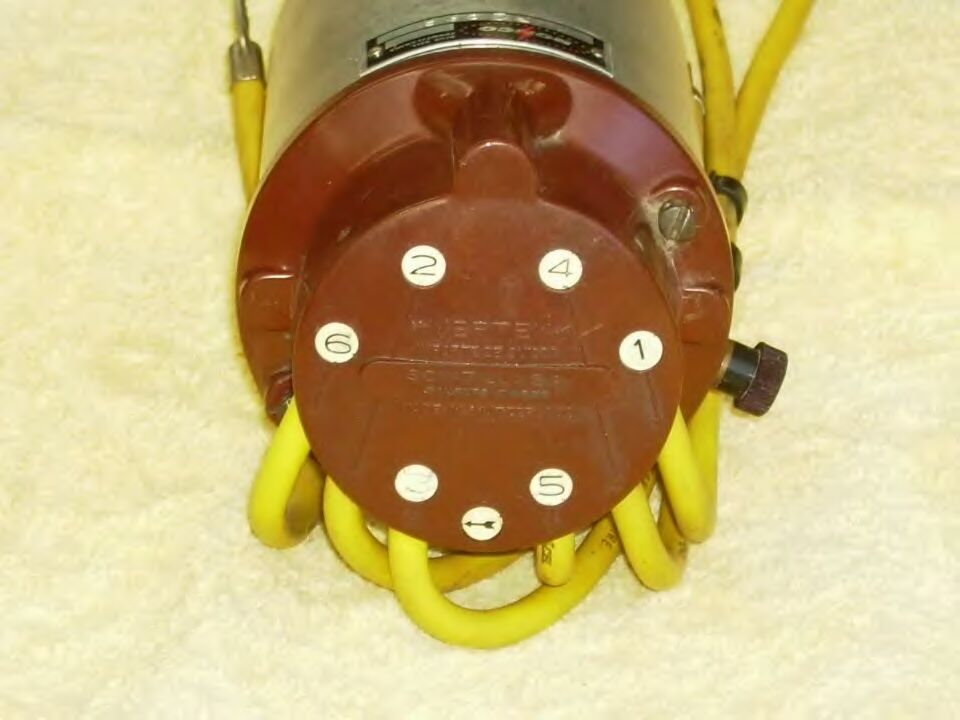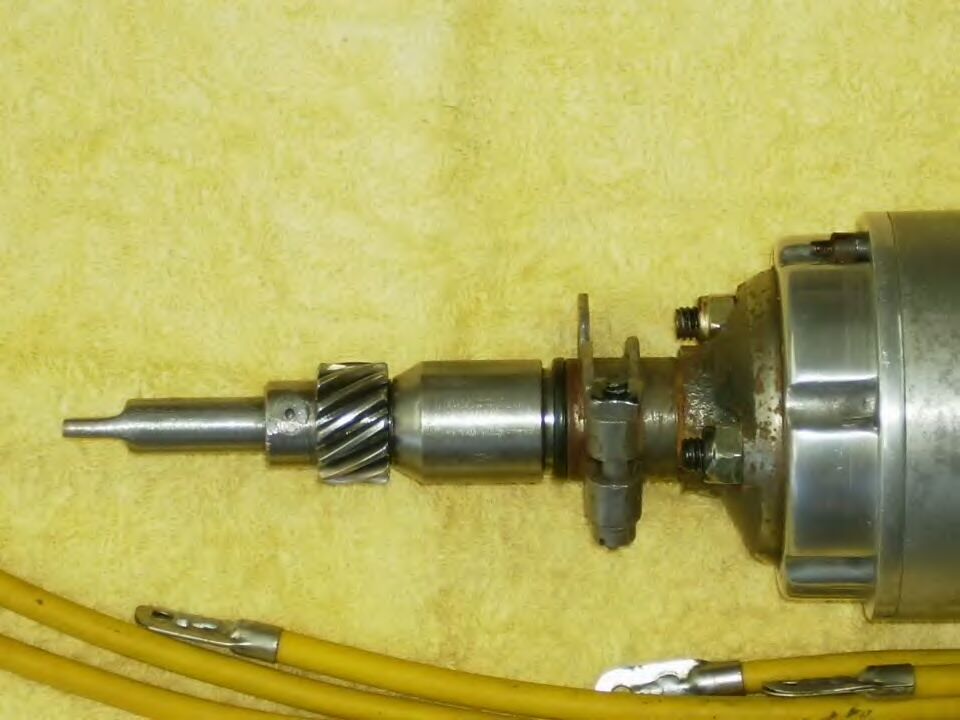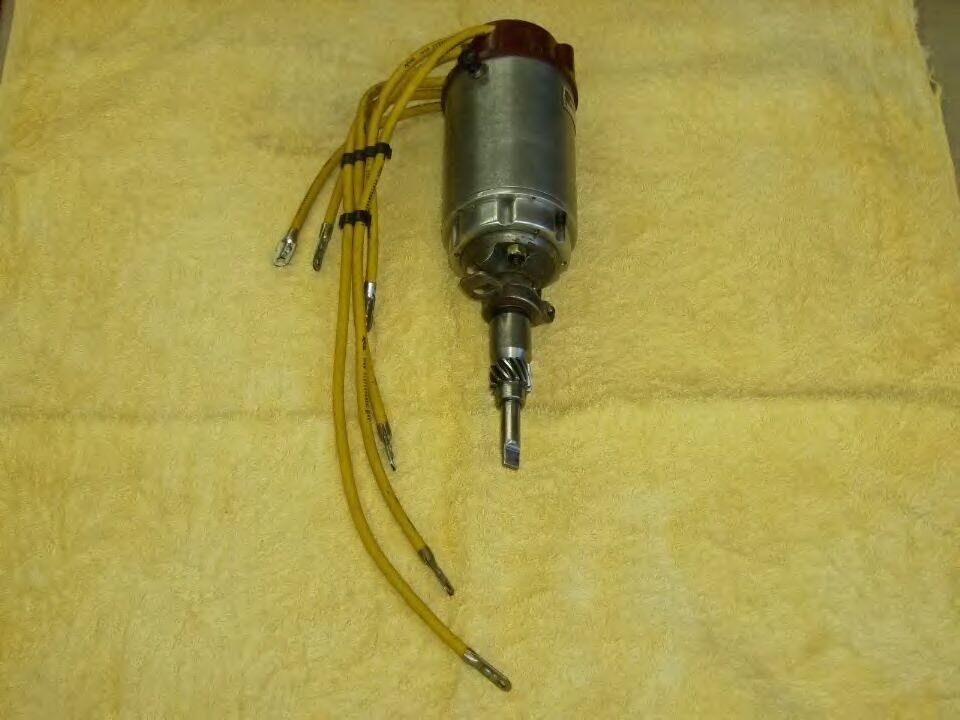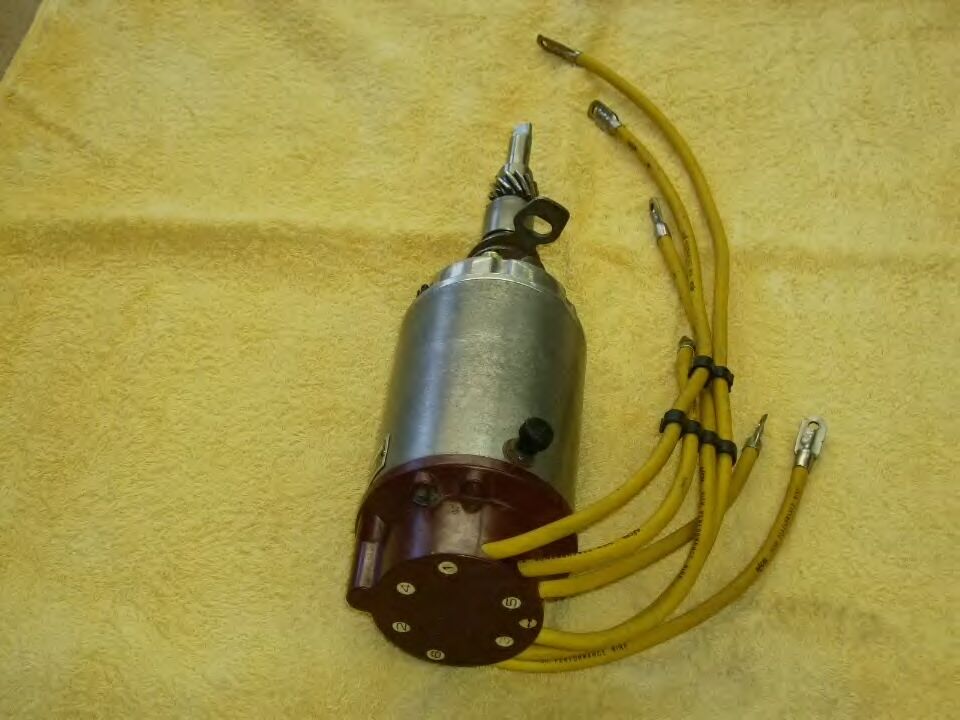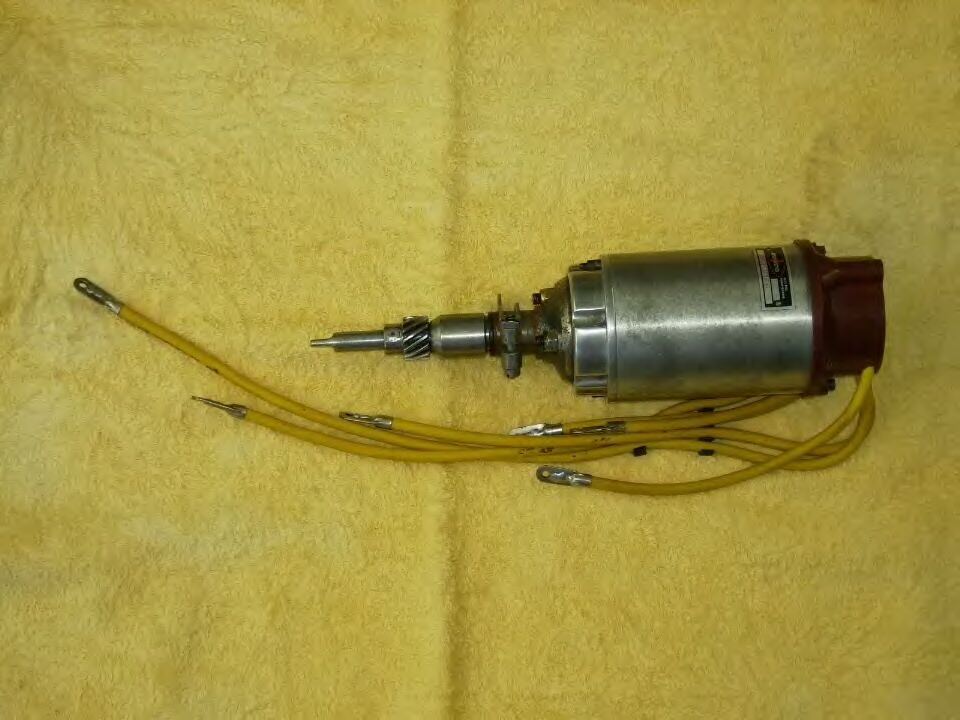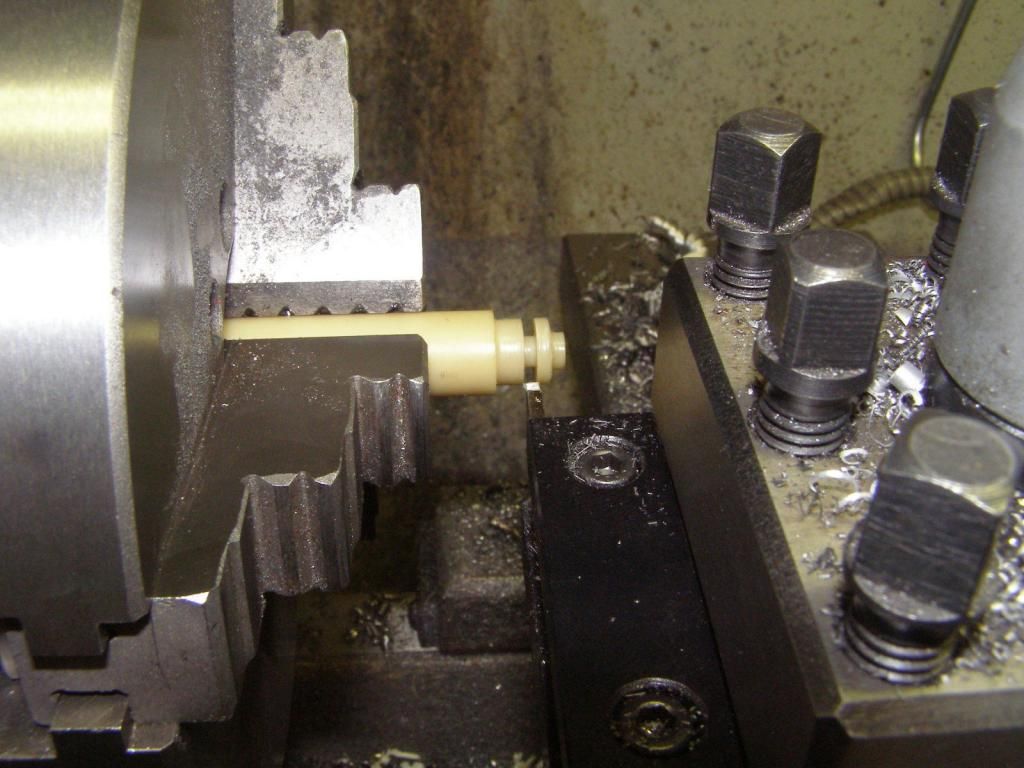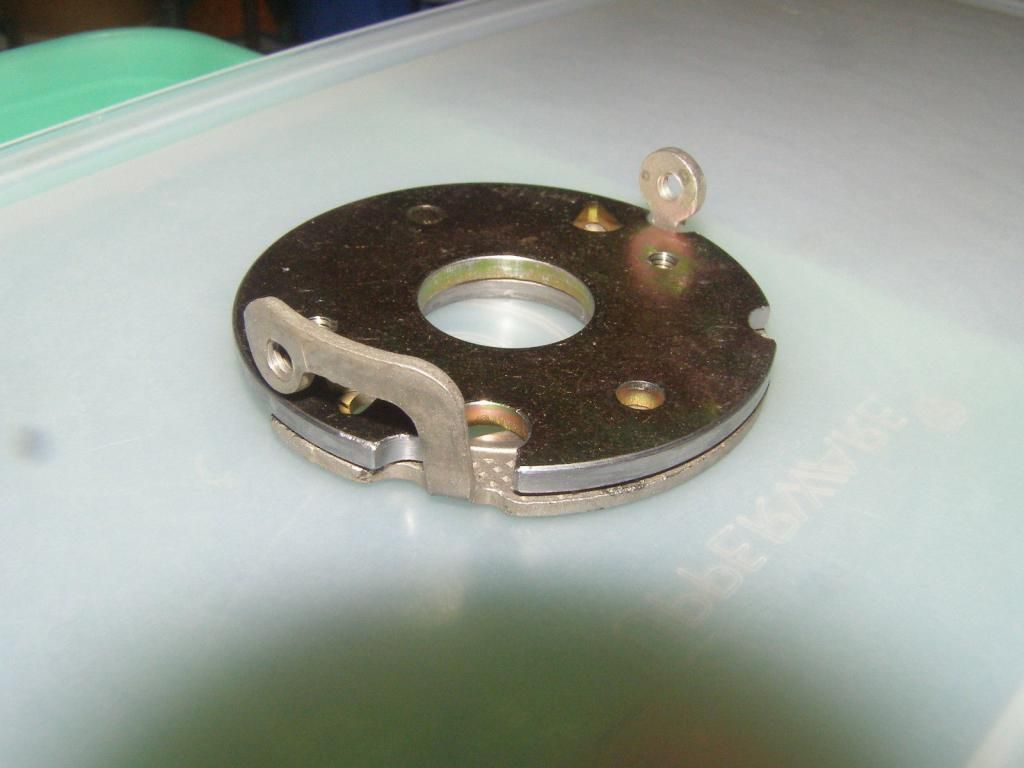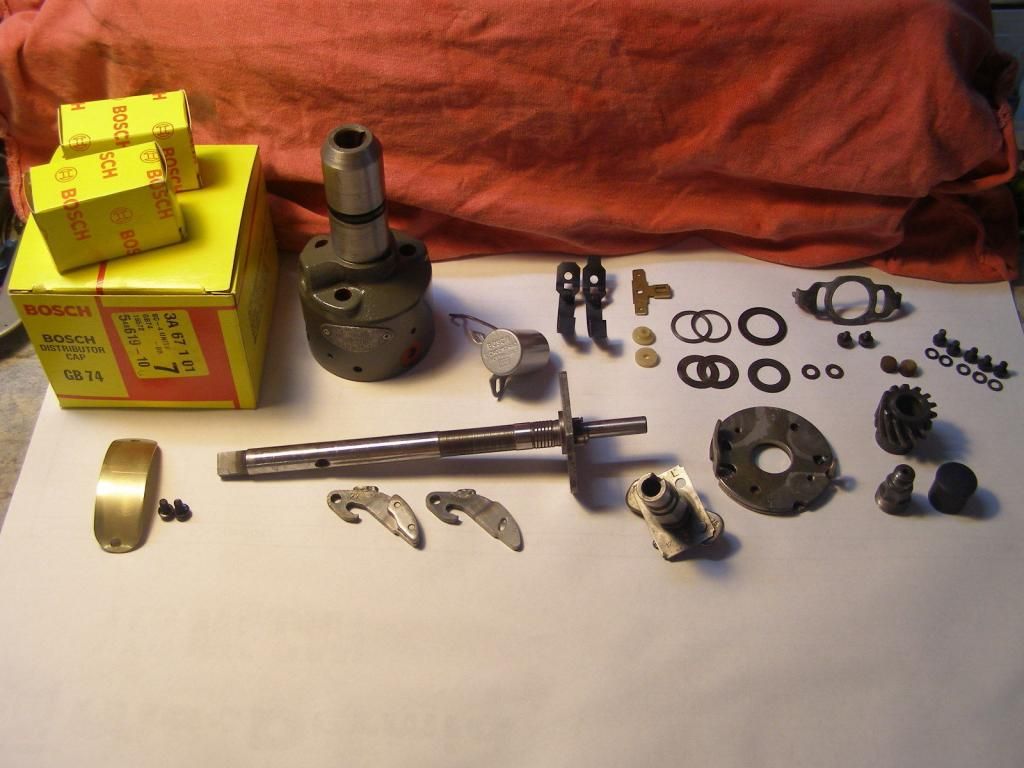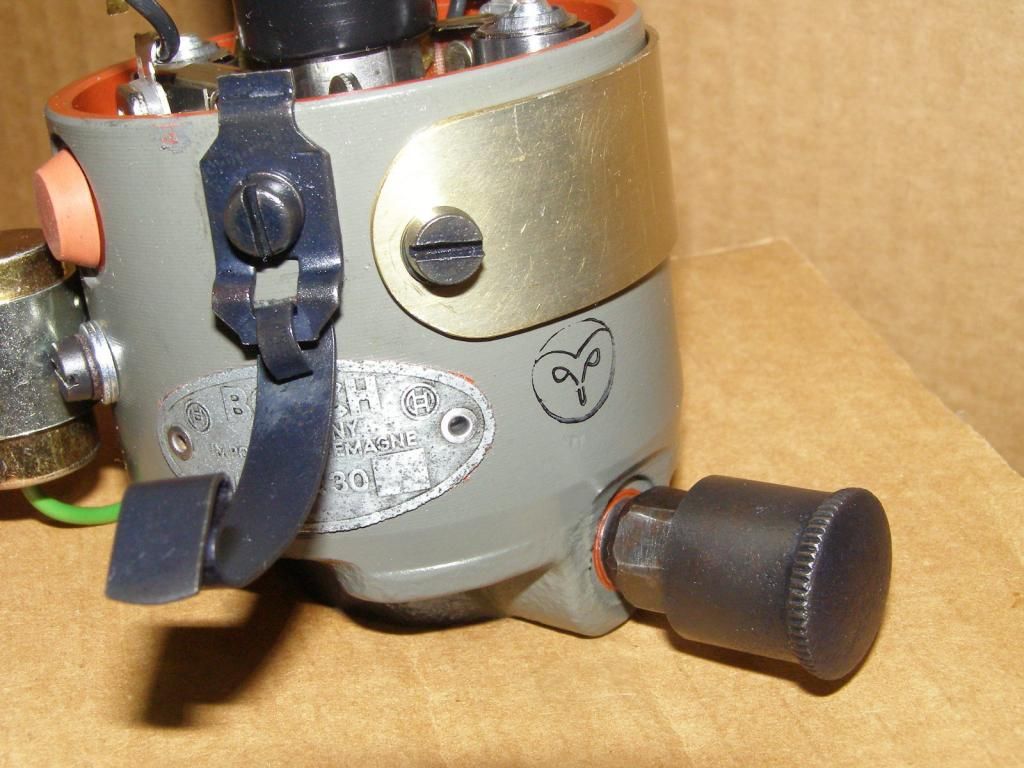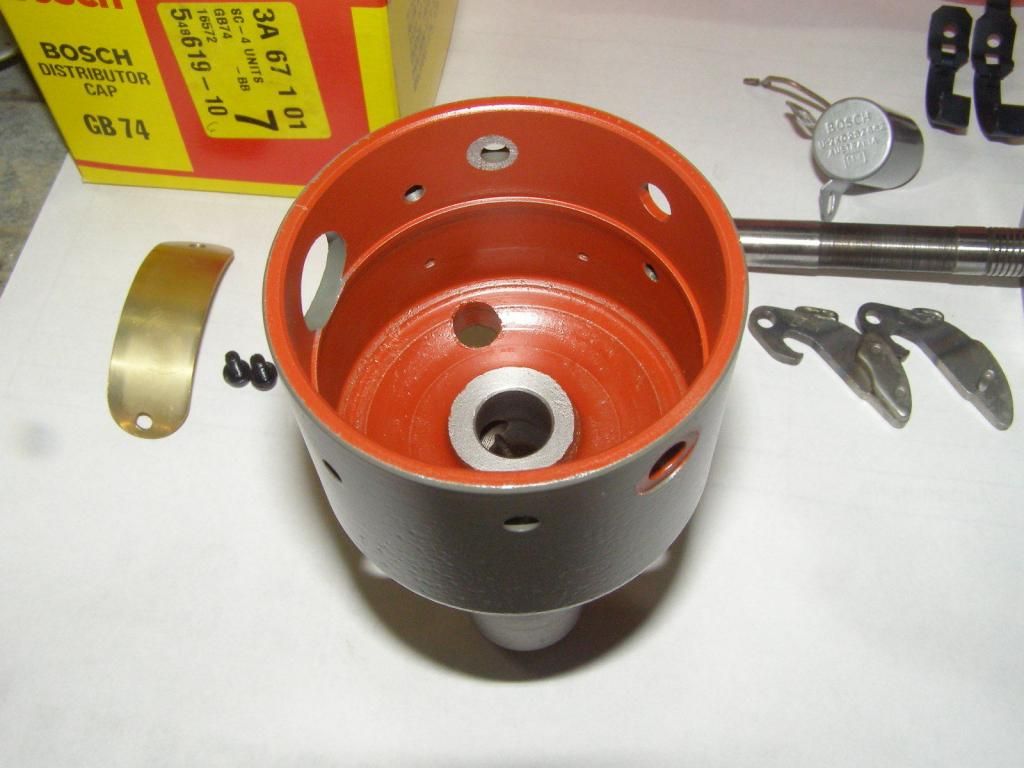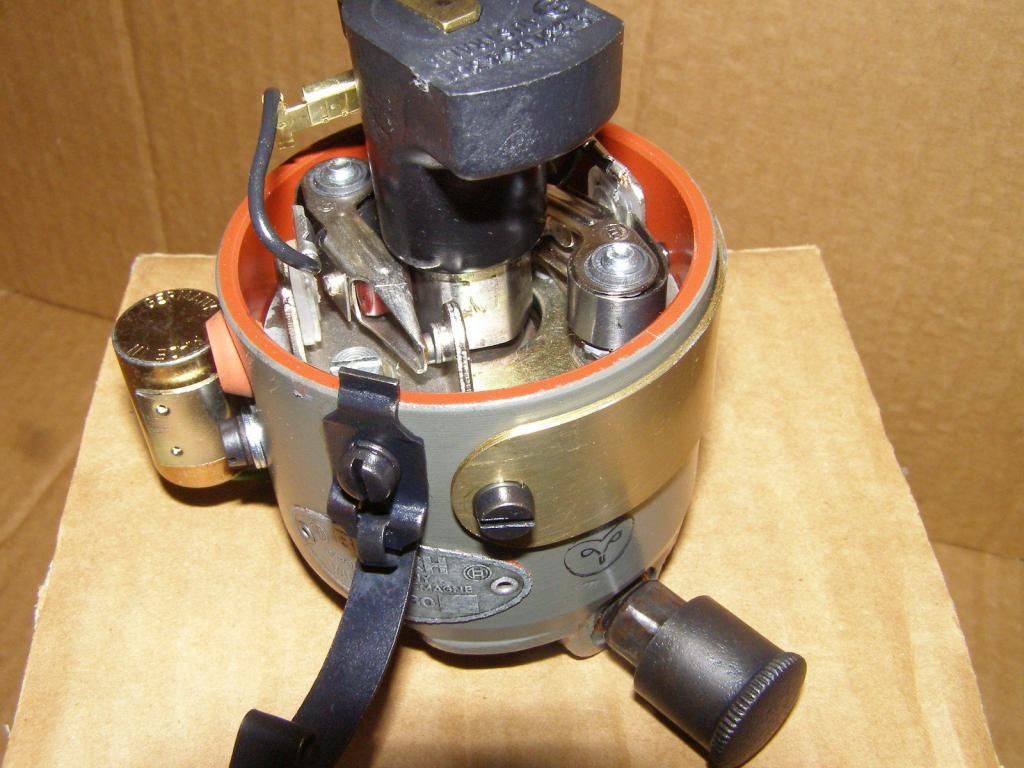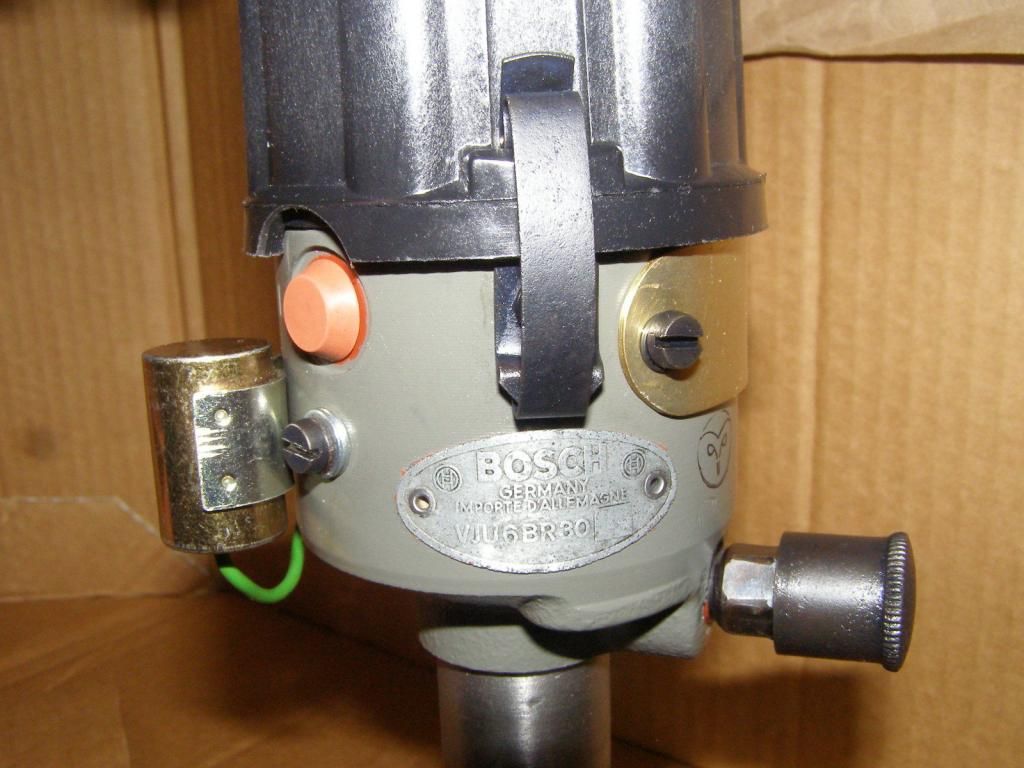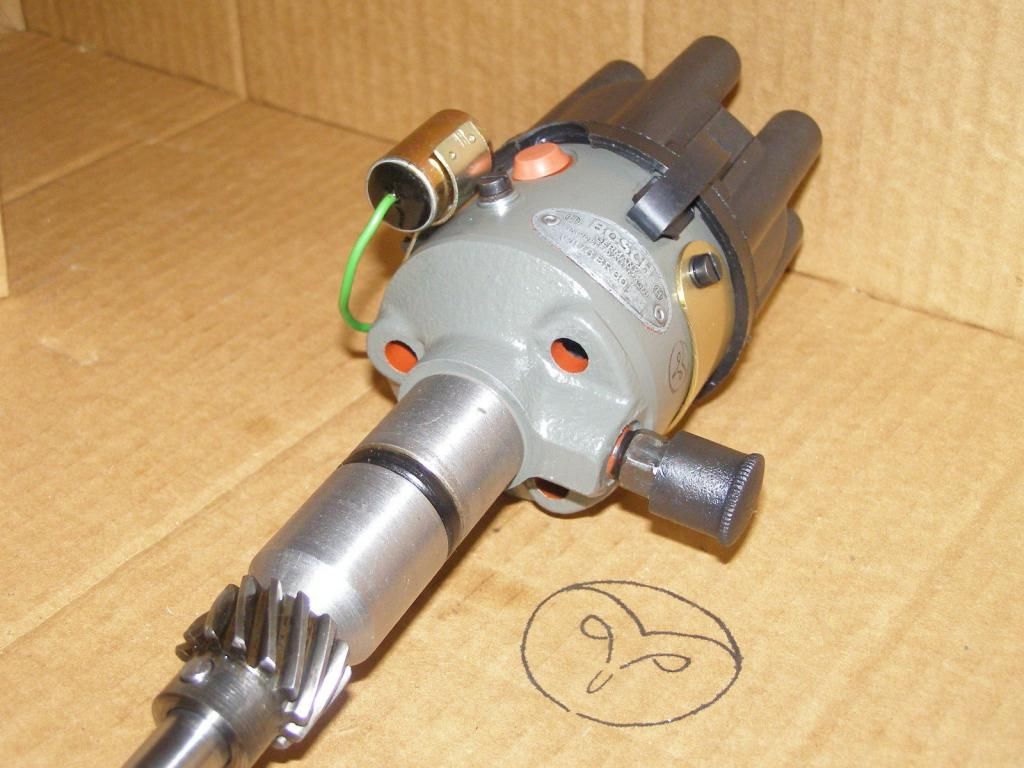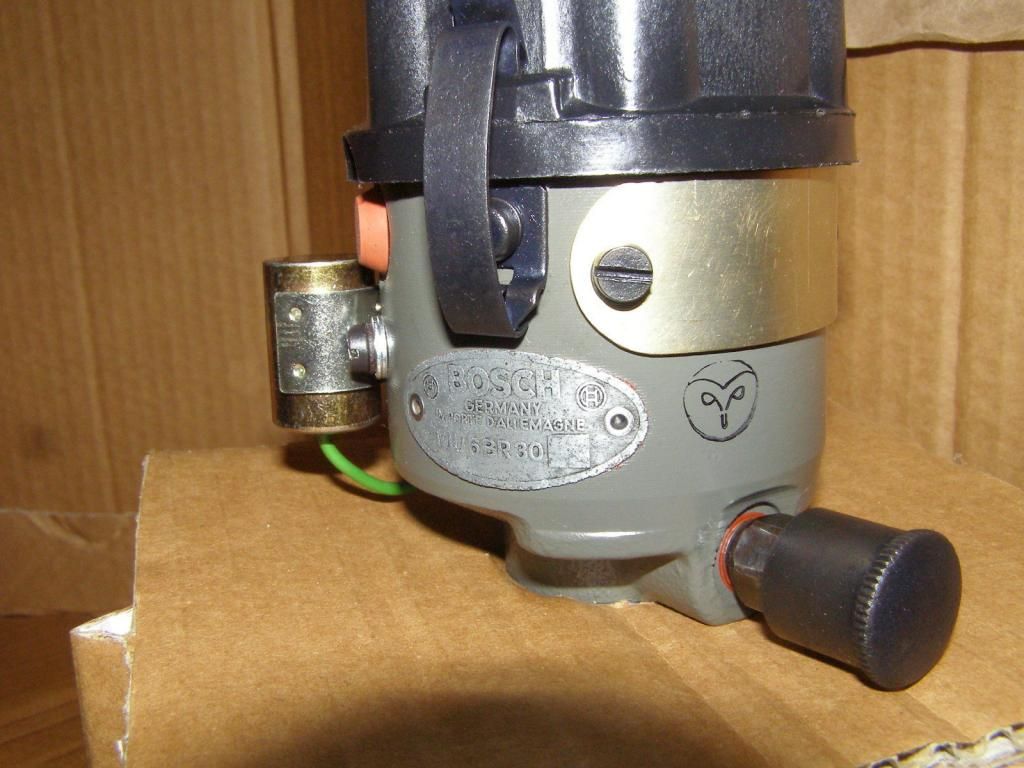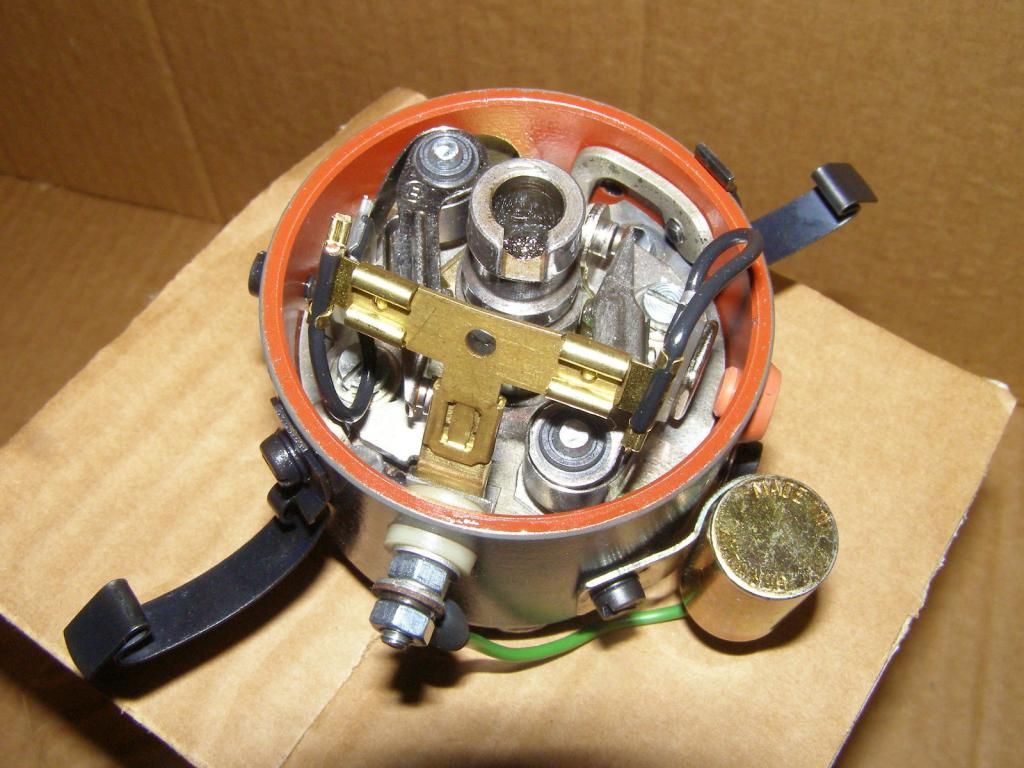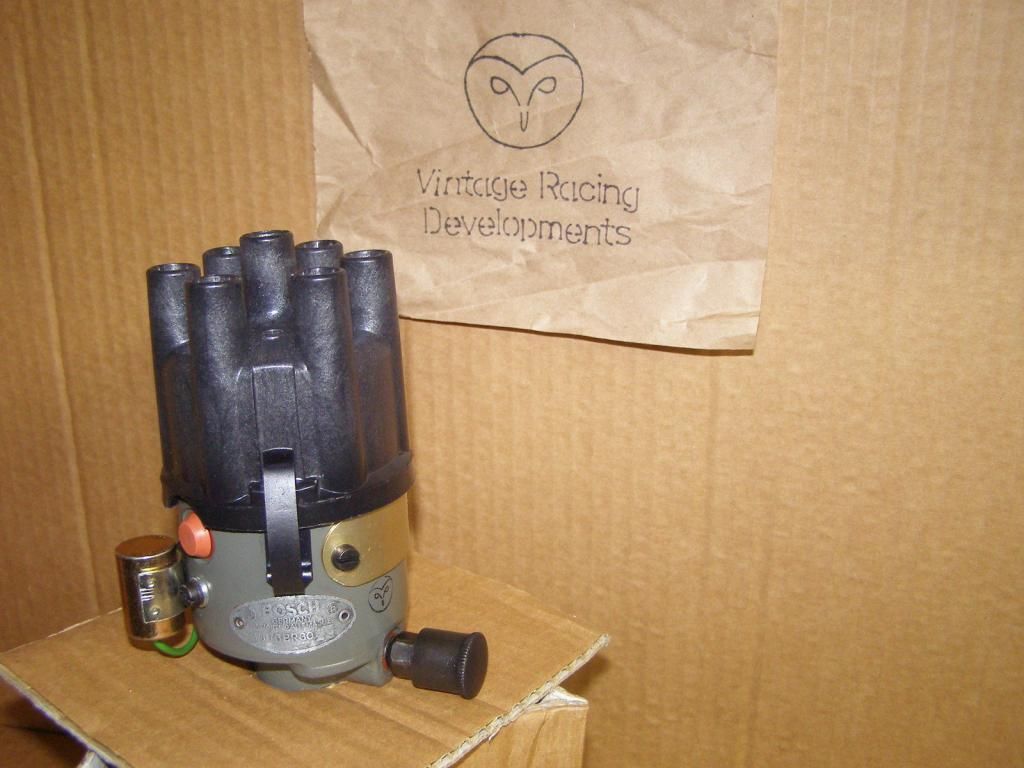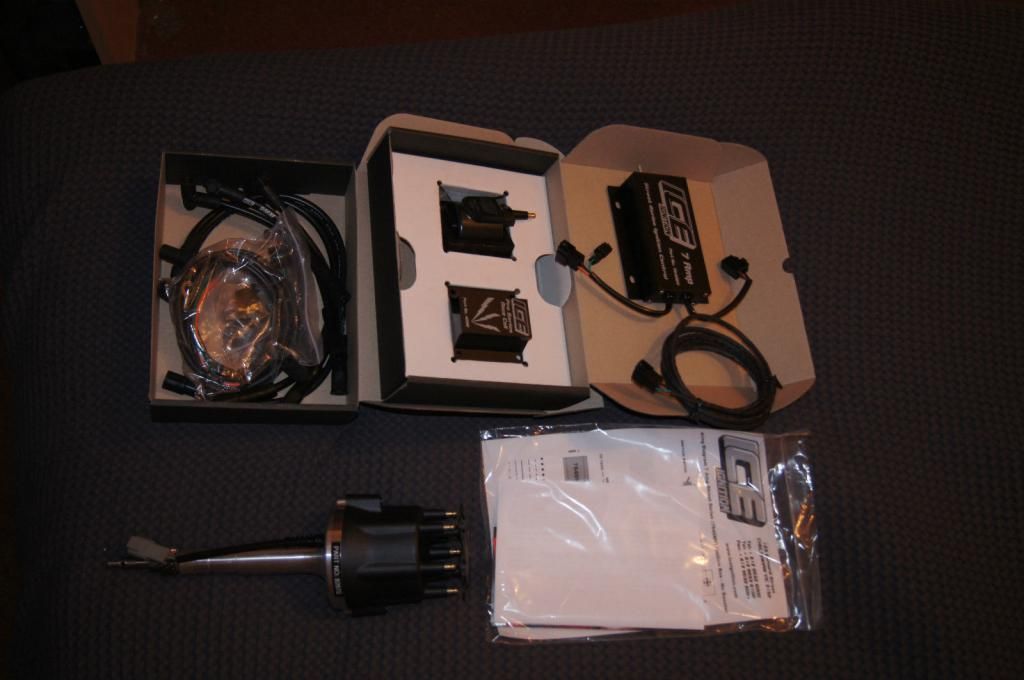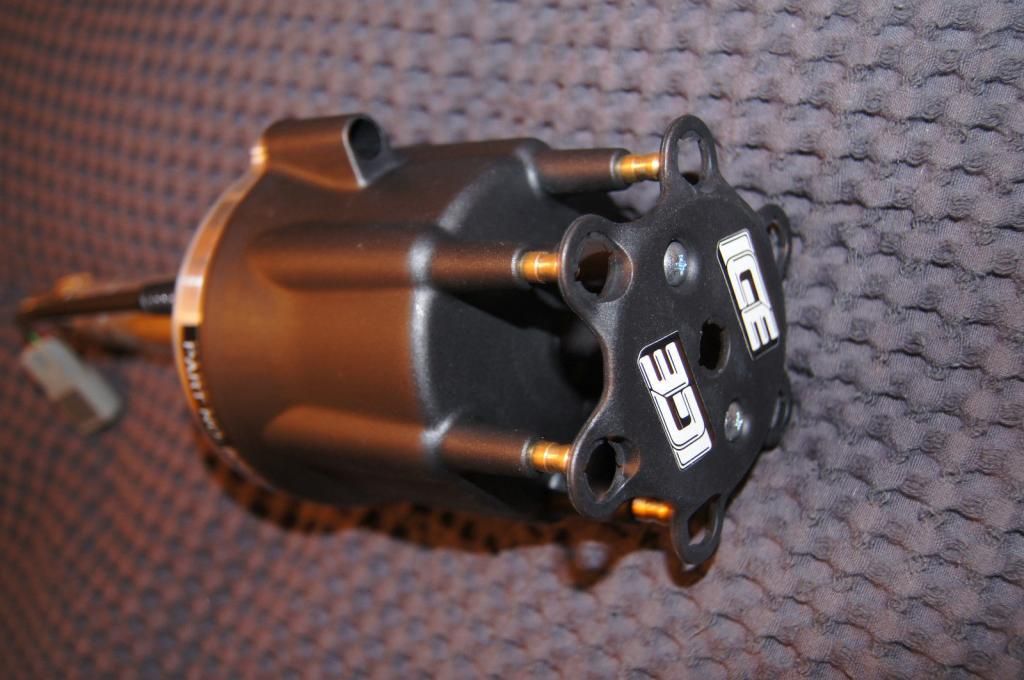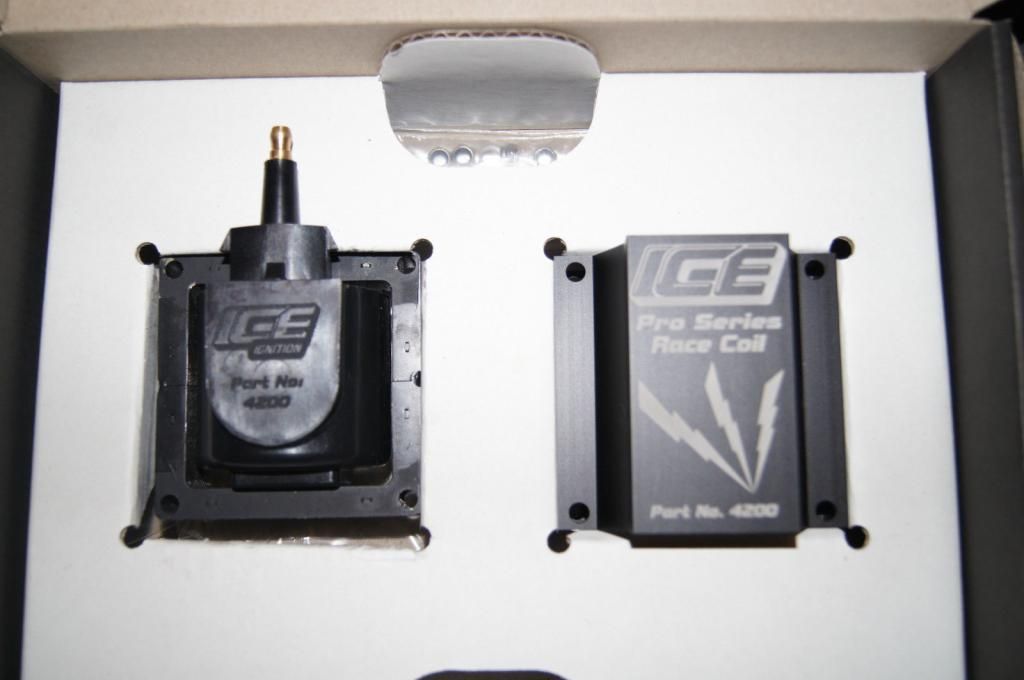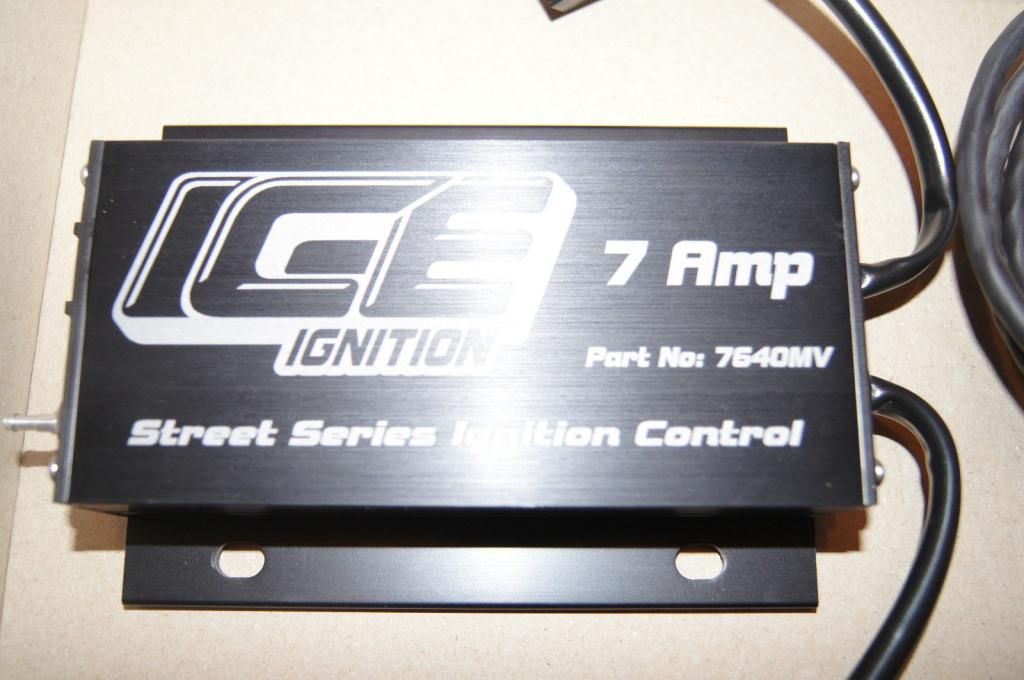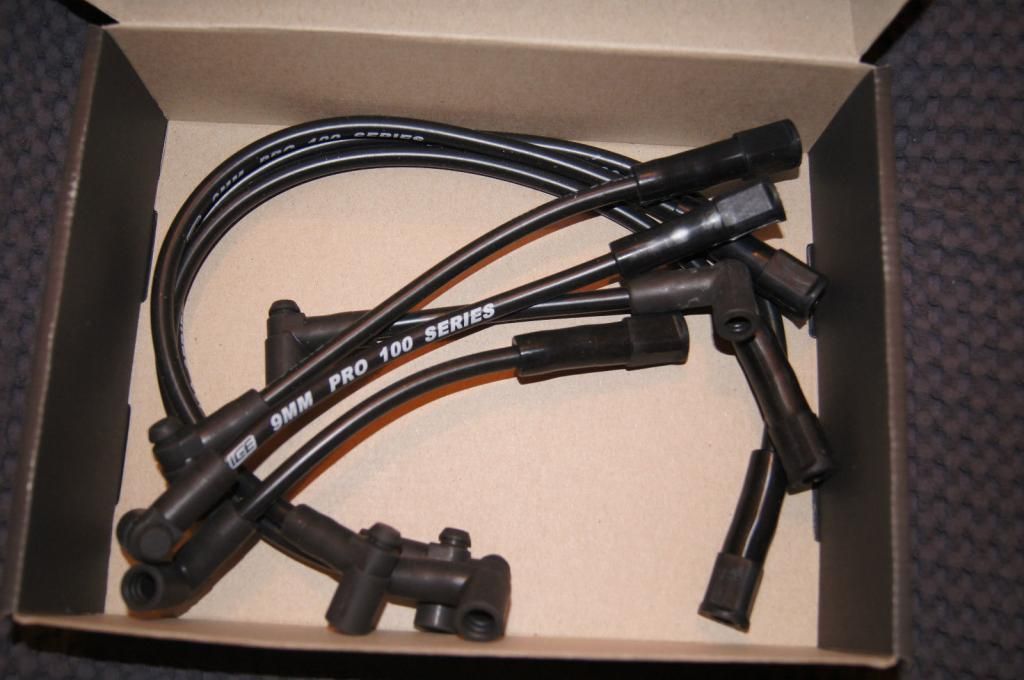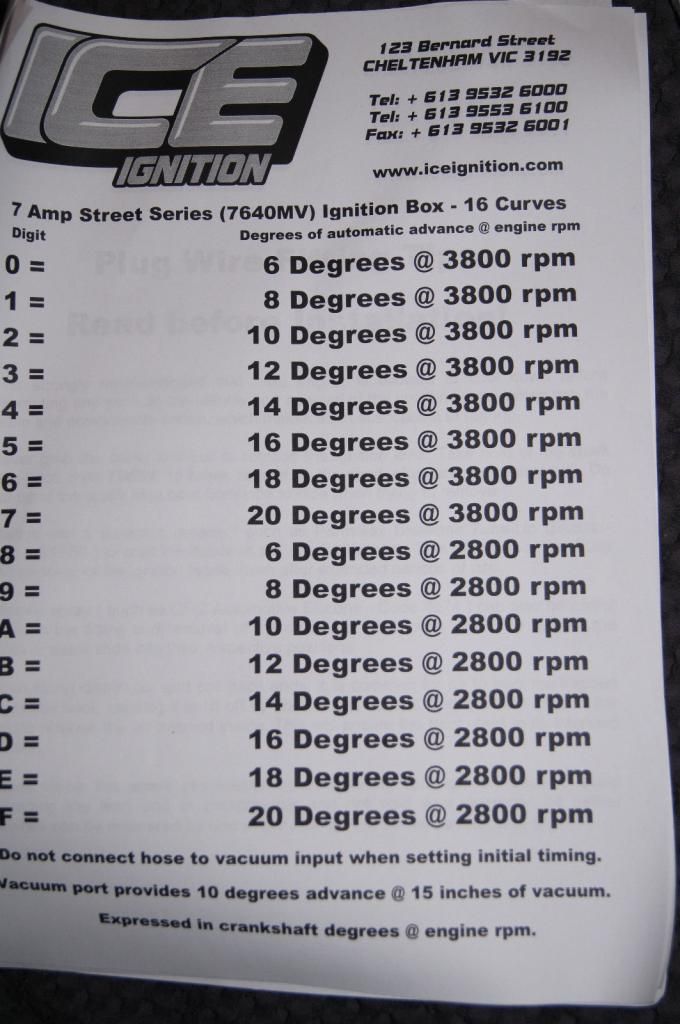Ladies and gentlemen,
A short post on
magneto recharging. I have drawn a lot of the material below from an article written by John Rex for Gas Engine Magazine (November 1986), though note that it is well aligned to information printed by
magneto manufacturers including Fairbank Morse and WICO.
The magnets inside a
magneto can loose their magnetism, and require “recharging”. The frequency that a
magneto needs recharging depends on the permanence of the magnet on the
magneto.
It is a furphy that magnetos use up energy to create electricity, and that after repeated use the magnetism will all be used up and must be recharged. The energy to create the spark comes from the mechanical energy required to spin the
magneto. The magnet merely acts to convert this mechanical energy to electrical energy. It is also rumored that shock and vibration may demagnetize magnets, however this is rarely seen - magnetos that were dropped hard enough to crack the magnets remain functional, provided the magnets remained intact. A further misnomer is that the Vertex magnets “go off” over time. Early (Pre WWII)
magneto magnets were made of quench hardened steel alloyed with chrome, cobalt, or tungsten. This material is not as stable as later materials, and may loose charge over decades (perhaps one third loss). Vertex magnetos however were made of Alnico (aluminum nickel cobalt) and are much more resistant to demagnetization effects and rarely need recharging. As an example, when WICO made the Model X
magneto it changed to Alnico magnets, and note in their Service Instructions for Model XH that “
the ability of magnet steel to retain its magnetism is known as its coercive property. The magnet steel used in the model XH and XHG rotors has such extremely high coercive value that it is practically impossible for these rotors to lose any appreciable amount of magnetism under any condition. It is therefore, not necessary to recharge model XH and XHG rotors.”
So if the above things do not cause a
magneto to lose charge, then what does? Whilst it is very unlikely for a Vertex to lose charge (the Vertex Magnetos Instruction Manual makes no reference to recharging at all, despite having quite detailed overhaul and testing procedures), the following may help:
1. Removing the magnets (and in some cases the armature or rotor) from a
magneto (and also installing them) subjects the magnets to demagnetizing forces. Magnetos should be recharged with the magnets installed. It is possible to install a ‘keeper' across the poles, made from soft iron. The keeper 'short circuits' the magnet and prevents charge loss during removal/installation. One difficulty is that a keeper frequently must be a complex shape so the magnets can be removed while the keeper is across them. Note however that the Vertex Magnetos Instruction Manual makes no note of the need for keepers during disassembly.
2. Storing magnetos near each other can cause them to partially demagnetize each other. Store magnetos away from each other by at least 3”. Of course, there are not that many people who own more than one grey motor
magneto 
.
3. Connecting a 12V battery to the
magneto kill terminal can demagnetize the magnets (and might burn out the coils).
4. Exposing a
magneto to fire or excessive heat will temper the magnet and cause demagnetising. Such magnets may never recover their magnetism even when recharged because the characteristics of the metal have been altered.
5. Recharging magnets by half-arsed methods (inadequate energy to fully recharge them, for example wrapping a few turns of wire around the magnets and 'flashing ' the wire with a 12V battery or arc welder) may demagnetize rather than charge a
magneto.
Cheers,
Harv327 Chev EK wagon, original EK ute for Number 1 Daughter, an FB sedan meth monster project and a BB/MD grey motored FED.
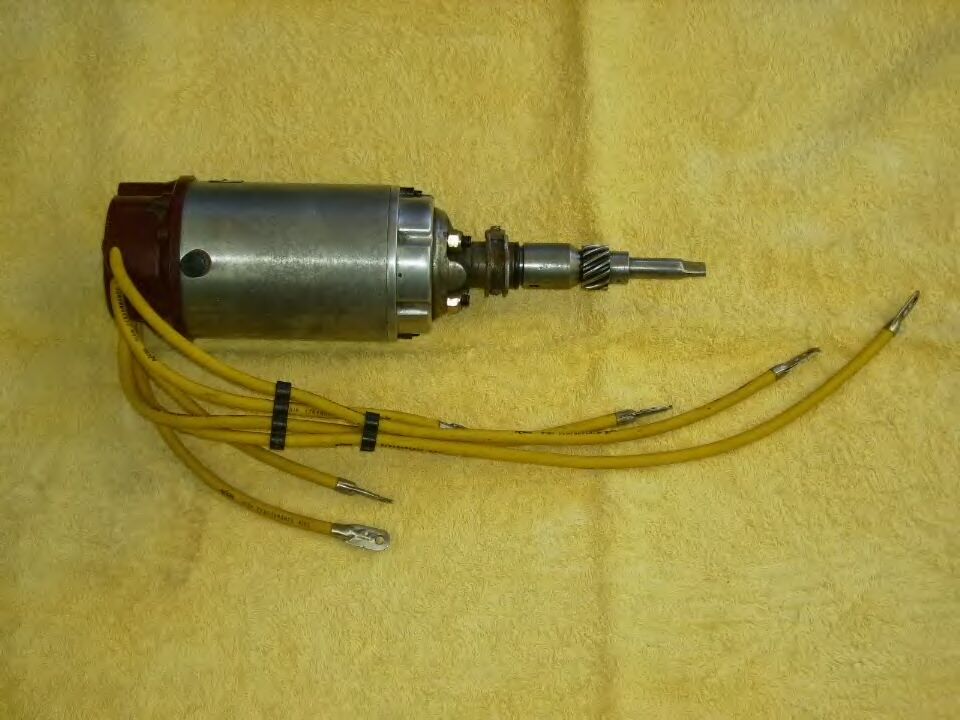 \
\